 Ottawa has no plans to penalize Canadian businesses for offshoring jobs to avoid American tariffs. In other Business news: Timberlab plans to build a CLT mill in Millersburg, Oregon; a Montana law aims to incentivize new wood facilities; and Atlas Engineered Products reports Q1, 2025. Meanwhile: US consumer confidence rebounds; and US home sales and building slump.
Ottawa has no plans to penalize Canadian businesses for offshoring jobs to avoid American tariffs. In other Business news: Timberlab plans to build a CLT mill in Millersburg, Oregon; a Montana law aims to incentivize new wood facilities; and Atlas Engineered Products reports Q1, 2025. Meanwhile: US consumer confidence rebounds; and US home sales and building slump.
In Forestry news: Powell River’s mayor proposes upping BC’s allowable cut; Garry Merkel and Shannon Janzen co-chair BC’s new forestry council; Ontario invests in forest innovation; the 2025 International Model Forest Network Global Forum is underway in Kemptville, Ontario; Oregon researchers say slowly dying trees impact forest recovery post-fire; and wildfire updates from Northern Alberta; Ontario and Oregon.
Finally, Wind, Roads, Innovation and Hearing take the stage in today’s Safety features.
Kelly McCloskey, Tree Frog News Editor
 Emergencies can happen anytime, anywhere—but in BC’s forestry industry, where remote locations and difficult terrain are becoming more commonplace, being prepared isn’t optional. It’s essential. Having a well-thought-out and thoroughly tested Emergency Response Plan (ERP) can make all the difference… WorkSafeBC mandates that employers should be prepared for an emergency as part of their regulatory and legal compliance. Companies are required to create site-specific ERPs related to their operations and need to consider and prepare for various emergency situations.
Emergencies can happen anytime, anywhere—but in BC’s forestry industry, where remote locations and difficult terrain are becoming more commonplace, being prepared isn’t optional. It’s essential. Having a well-thought-out and thoroughly tested Emergency Response Plan (ERP) can make all the difference… WorkSafeBC mandates that employers should be prepared for an emergency as part of their regulatory and legal compliance. Companies are required to create site-specific ERPs related to their operations and need to consider and prepare for various emergency situations.  They are also required to conduct regular emergency and first aid drills as part of their annual drill requirements to ensure workers understand their roles and responsibilities. As forestry operations in BC move into more remote and rugged areas, getting help to an injured worker quickly can be a serious challenge. …To help companies build stronger ERPs—especially when it comes to worker extraction—the BC Forest Safety Council and the Trucking and Harvesting Advisory Group created a video series.
They are also required to conduct regular emergency and first aid drills as part of their annual drill requirements to ensure workers understand their roles and responsibilities. As forestry operations in BC move into more remote and rugged areas, getting help to an injured worker quickly can be a serious challenge. …To help companies build stronger ERPs—especially when it comes to worker extraction—the BC Forest Safety Council and the Trucking and Harvesting Advisory Group created a video series.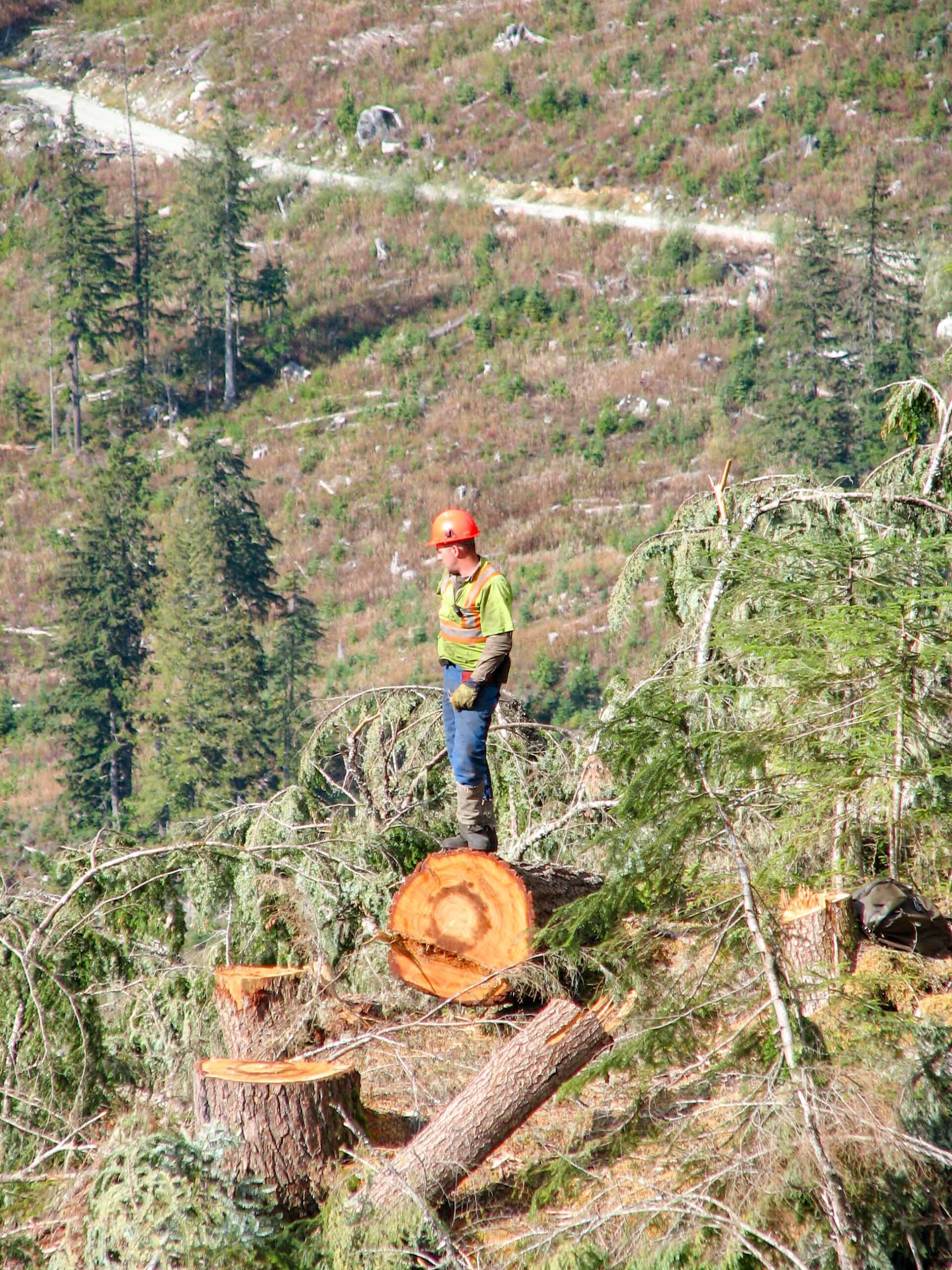 Managing psychological health and safety in the workplace is as important as managing physical health and safety. A psychologically healthy and safe workplace prevents harm to workers’ mental health and promotes mental well-being. While many factors outside the workplace can affect mental health, it is an employer’s responsibility to address the factors that are within the control, responsibility, or influence of the workplace. Psychological health and safety involves how people interact with each other daily, how working conditions and management practices are structured, and how decisions are made and communicated. In the forestry sector, workers face unique psychological challenges, including financial stress from an unstable market, job instability, social isolation, and the impact of climate change and severe weather conditions.
Managing psychological health and safety in the workplace is as important as managing physical health and safety. A psychologically healthy and safe workplace prevents harm to workers’ mental health and promotes mental well-being. While many factors outside the workplace can affect mental health, it is an employer’s responsibility to address the factors that are within the control, responsibility, or influence of the workplace. Psychological health and safety involves how people interact with each other daily, how working conditions and management practices are structured, and how decisions are made and communicated. In the forestry sector, workers face unique psychological challenges, including financial stress from an unstable market, job instability, social isolation, and the impact of climate change and severe weather conditions. BC Hydro data shows that severe weather events in the last 3 to 5 years have led to some of the most damaging storms in BC Hydro’s history. BC’s forest health aerial surveys show that the area of windthrown timber in 2021 (12,600+ ha) was 3 times the average over the last decade. Wind events pose significant risks to people working on and traveling to and from woodlots and community forests. This bulletin provides licensees, managers and workers with guidance and resources they can use to plan and conduct operations that minimize risk of injury to workers during those events.
BC Hydro data shows that severe weather events in the last 3 to 5 years have led to some of the most damaging storms in BC Hydro’s history. BC’s forest health aerial surveys show that the area of windthrown timber in 2021 (12,600+ ha) was 3 times the average over the last decade. Wind events pose significant risks to people working on and traveling to and from woodlots and community forests. This bulletin provides licensees, managers and workers with guidance and resources they can use to plan and conduct operations that minimize risk of injury to workers during those events.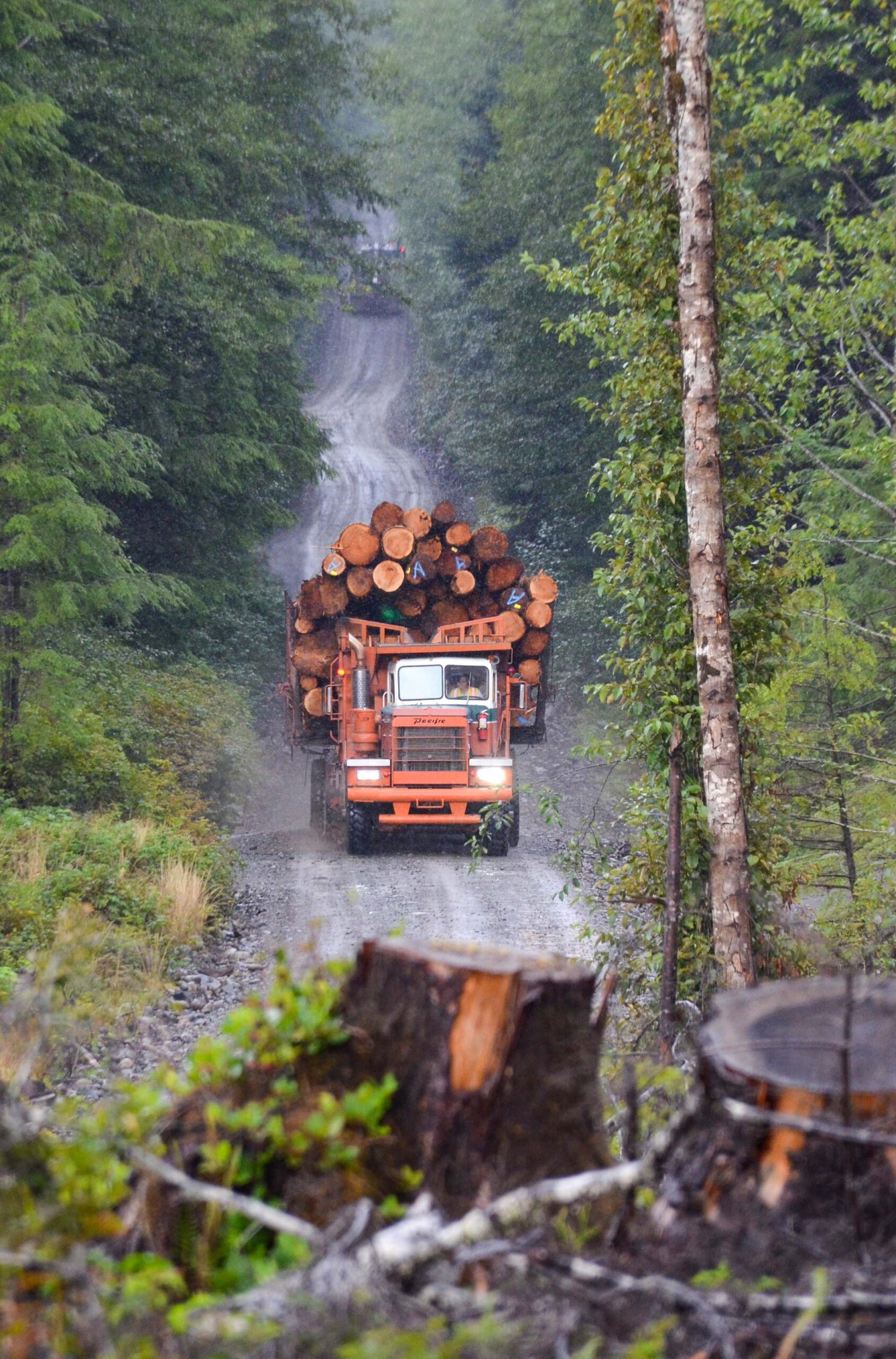 All resource road users play a key role in ensuring safe passage on these roads. Always exercise caution and have an understanding of the risks. Most resource roads have gravel surfaces and are often single lanes with limited visibility due to roadside brush and sharp, winding turns and curves. They often have soft shoulders, minimal ditches, steeper grades, changing road surfaces with loose or rough gravel and potholes. Drivers should always read and understand the signs at the start of the road and along the way as they provide important information about the road, radio channel, restrictions, expected traffic and other hazards and obstacles you may encounter while driving.
All resource road users play a key role in ensuring safe passage on these roads. Always exercise caution and have an understanding of the risks. Most resource roads have gravel surfaces and are often single lanes with limited visibility due to roadside brush and sharp, winding turns and curves. They often have soft shoulders, minimal ditches, steeper grades, changing road surfaces with loose or rough gravel and potholes. Drivers should always read and understand the signs at the start of the road and along the way as they provide important information about the road, radio channel, restrictions, expected traffic and other hazards and obstacles you may encounter while driving. Noise-induced hearing loss (NIHL) is not just a long-term risk, it’s a fast-growing occupational disease that affects workers across the province. Over the past decade, WorkSafeBC has accepted almost 2,000 claims for hearing loss in the forestry sector. To prevent hearing loss, employers in the forestry sector must proactively recognize risks and understand the specific tasks workers will undertake, making pre-work planning a key step in injury prevention. The impact of noise on hearing “The risk of hearing loss depends on both noise level and exposure time,” says Sasha Brown, an occupational audiologist with WorkSafeBC. “For example, brief exposure to extremely loud noise or sustained exposure to moderate levels can be equally damaging to hearing.”
Noise-induced hearing loss (NIHL) is not just a long-term risk, it’s a fast-growing occupational disease that affects workers across the province. Over the past decade, WorkSafeBC has accepted almost 2,000 claims for hearing loss in the forestry sector. To prevent hearing loss, employers in the forestry sector must proactively recognize risks and understand the specific tasks workers will undertake, making pre-work planning a key step in injury prevention. The impact of noise on hearing “The risk of hearing loss depends on both noise level and exposure time,” says Sasha Brown, an occupational audiologist with WorkSafeBC. “For example, brief exposure to extremely loud noise or sustained exposure to moderate levels can be equally damaging to hearing.” Steep slope harvesting can be approached in several ways, each with its own set of challenges and safety considerations. …Steep slope harvesting presents significant risks, but with careful planning, proper equipment, and a culture of safety, these risks can be managed. “Safety is not a one-time effort but an ongoing process that requires daily attention,” says Pawlowski. “By consistently prioritizing hazard assessment, equipment suitability, proper setup, and staying in the clear, employers and workers can minimize risks and help ensure that steep slope harvesting remains a safe and effective method of timber harvesting.”
Steep slope harvesting can be approached in several ways, each with its own set of challenges and safety considerations. …Steep slope harvesting presents significant risks, but with careful planning, proper equipment, and a culture of safety, these risks can be managed. “Safety is not a one-time effort but an ongoing process that requires daily attention,” says Pawlowski. “By consistently prioritizing hazard assessment, equipment suitability, proper setup, and staying in the clear, employers and workers can minimize risks and help ensure that steep slope harvesting remains a safe and effective method of timber harvesting.”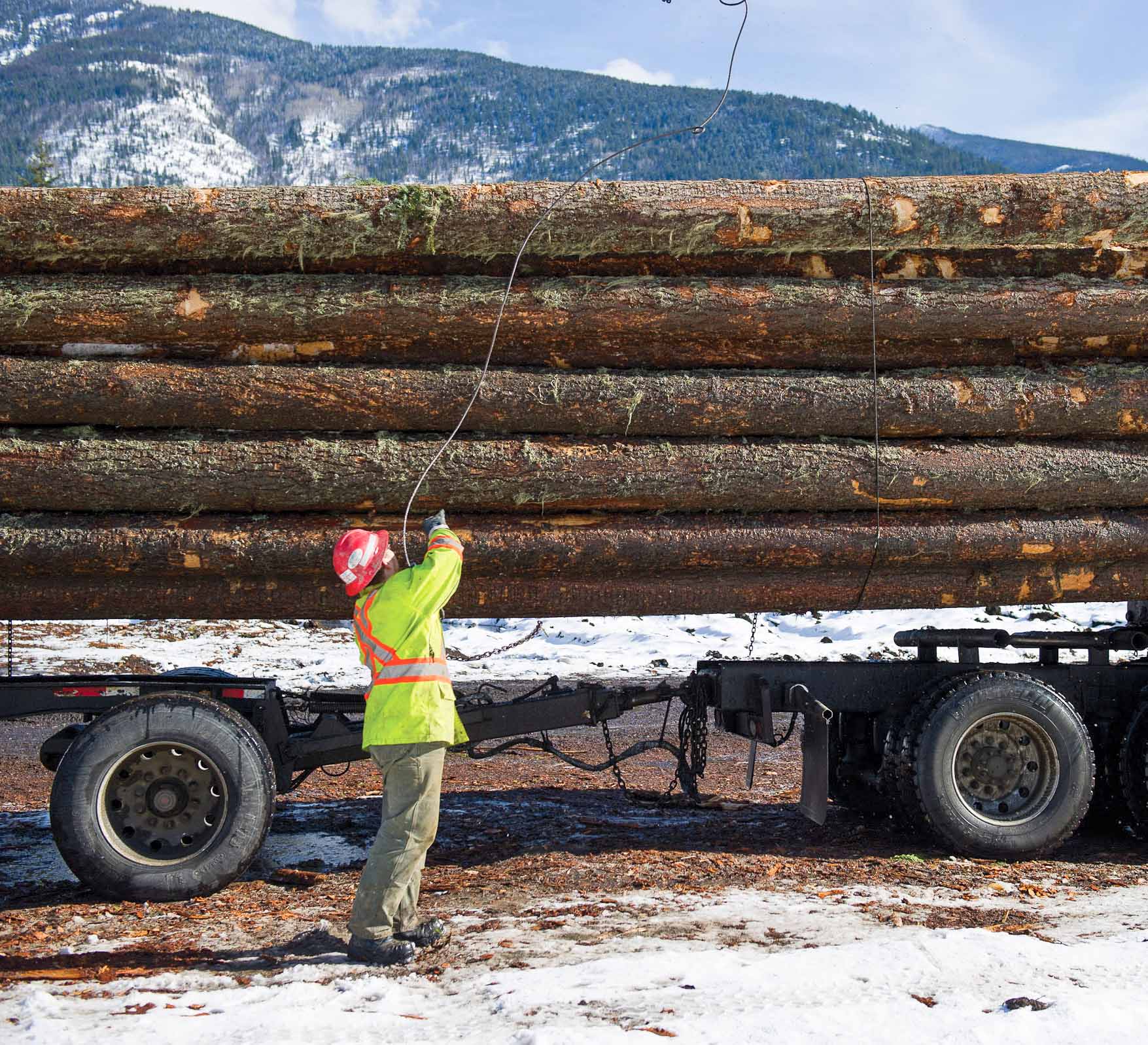 By implementing ergonomic practices, promoting proper body mechanics and fostering a culture of early reporting and prevention, employers and workers can work together to significantly reduce the occurrence and impact of MSIs across the industry. Although musculoskeletal injuries can affect workers across all areas of forestry, certain roles are particularly vulnerable due to the physical demands and repetitive nature of their tasks.
By implementing ergonomic practices, promoting proper body mechanics and fostering a culture of early reporting and prevention, employers and workers can work together to significantly reduce the occurrence and impact of MSIs across the industry. Although musculoskeletal injuries can affect workers across all areas of forestry, certain roles are particularly vulnerable due to the physical demands and repetitive nature of their tasks.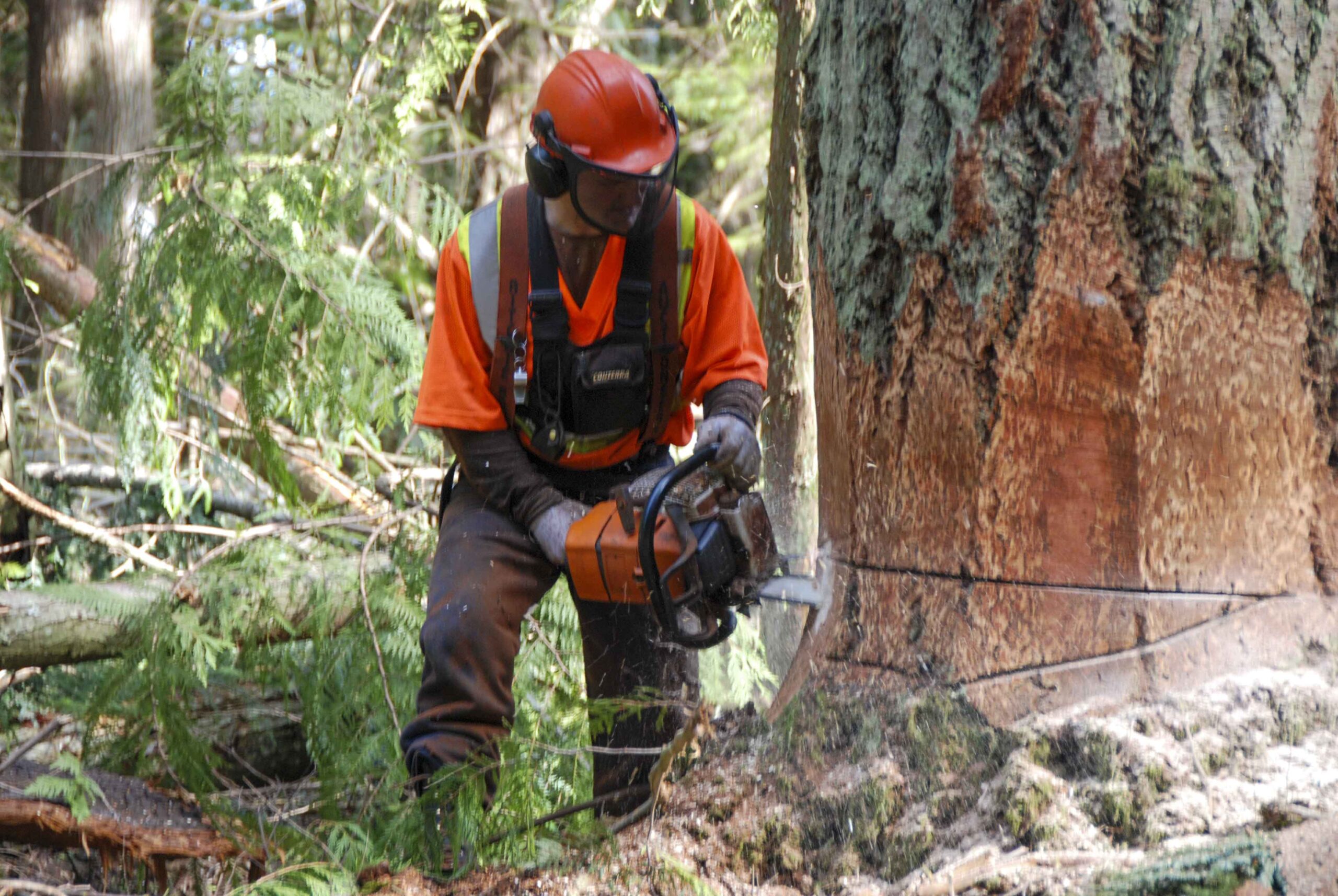 The following focuses on considerations for supervisors and owners when developing a PPE program. Components of a good PPE program include: Regulation Check; Planning; Appropriate Selection; Fitting; Education and Training; Supervisor and Management Support; Inspection and Maintenance; and Auditing the Program. Get all the details by clicking the Read More!
The following focuses on considerations for supervisors and owners when developing a PPE program. Components of a good PPE program include: Regulation Check; Planning; Appropriate Selection; Fitting; Education and Training; Supervisor and Management Support; Inspection and Maintenance; and Auditing the Program. Get all the details by clicking the Read More!
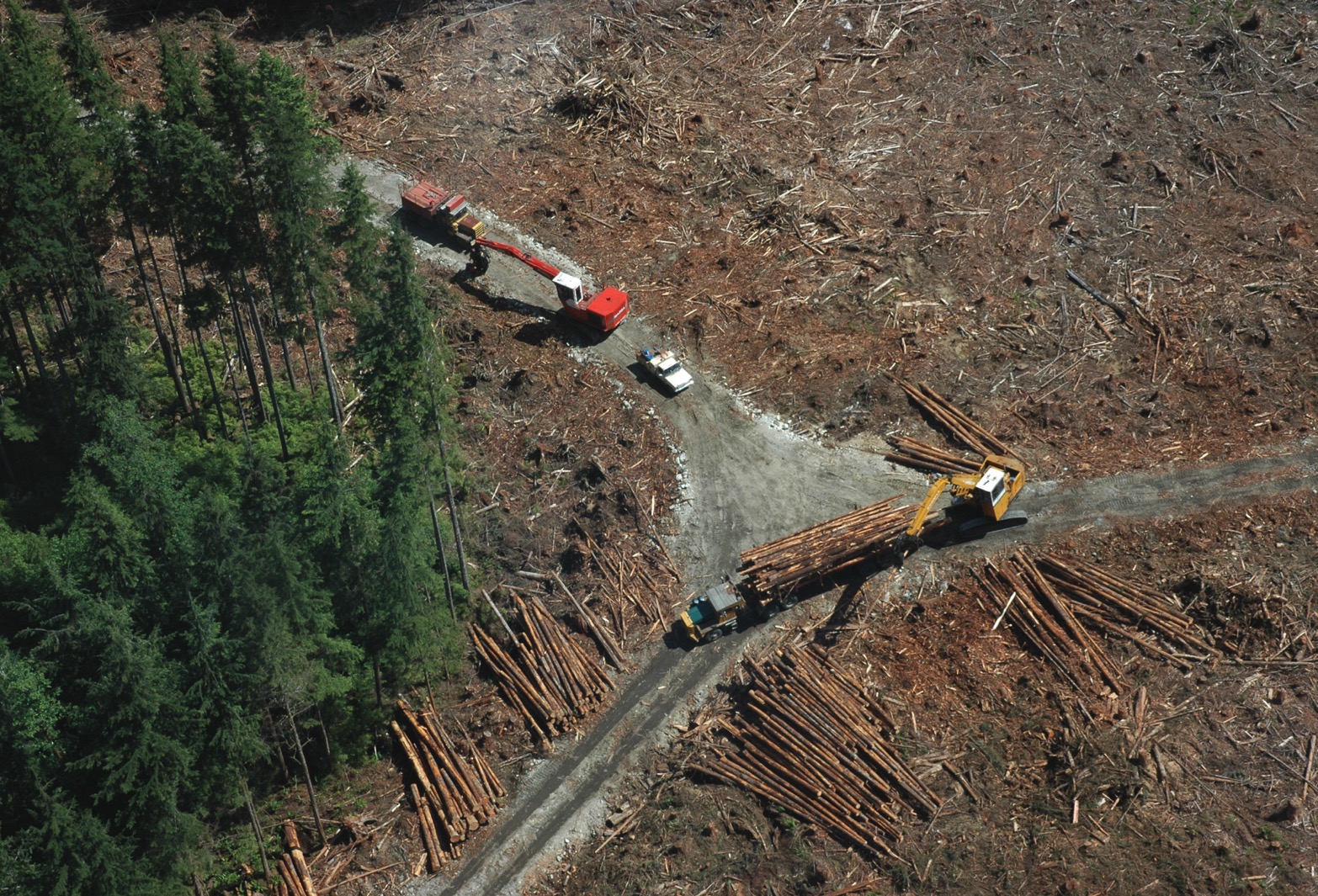 Here again in 2025, phase congestion has become a heightened concern as forestry operations are scrambling to produce in the face of uncertainty which could lead to dangerous situations for workers. History has proven that during uncertain times, productivity becomes the main driver, not for all contractors, but for some, and safety can be put on the backburner which puts everyone at risk, even those who put safety first.
Here again in 2025, phase congestion has become a heightened concern as forestry operations are scrambling to produce in the face of uncertainty which could lead to dangerous situations for workers. History has proven that during uncertain times, productivity becomes the main driver, not for all contractors, but for some, and safety can be put on the backburner which puts everyone at risk, even those who put safety first.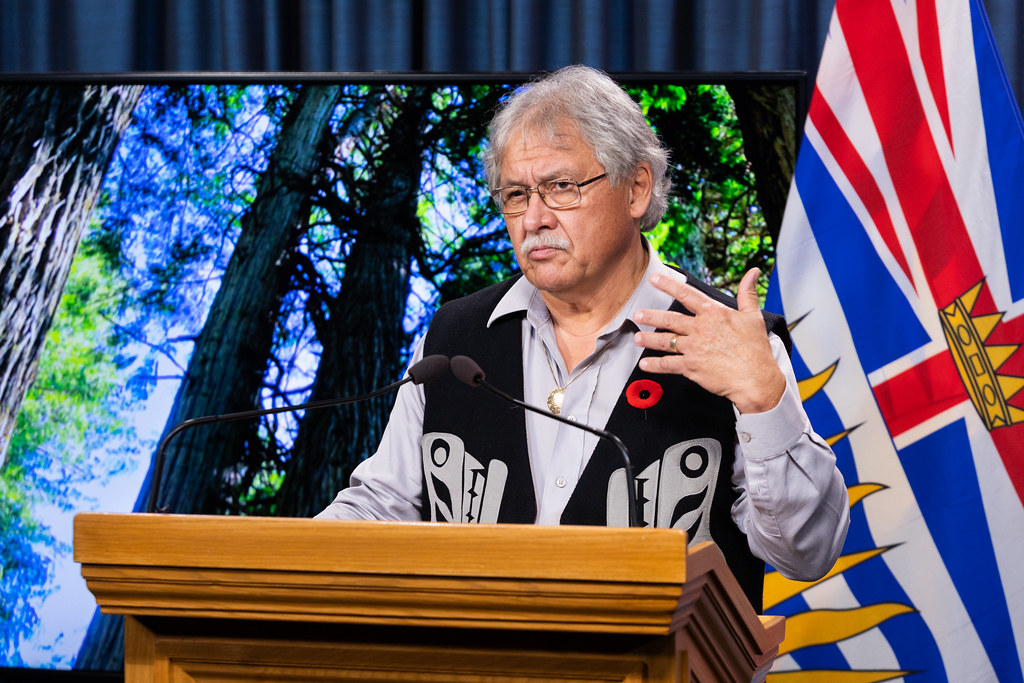





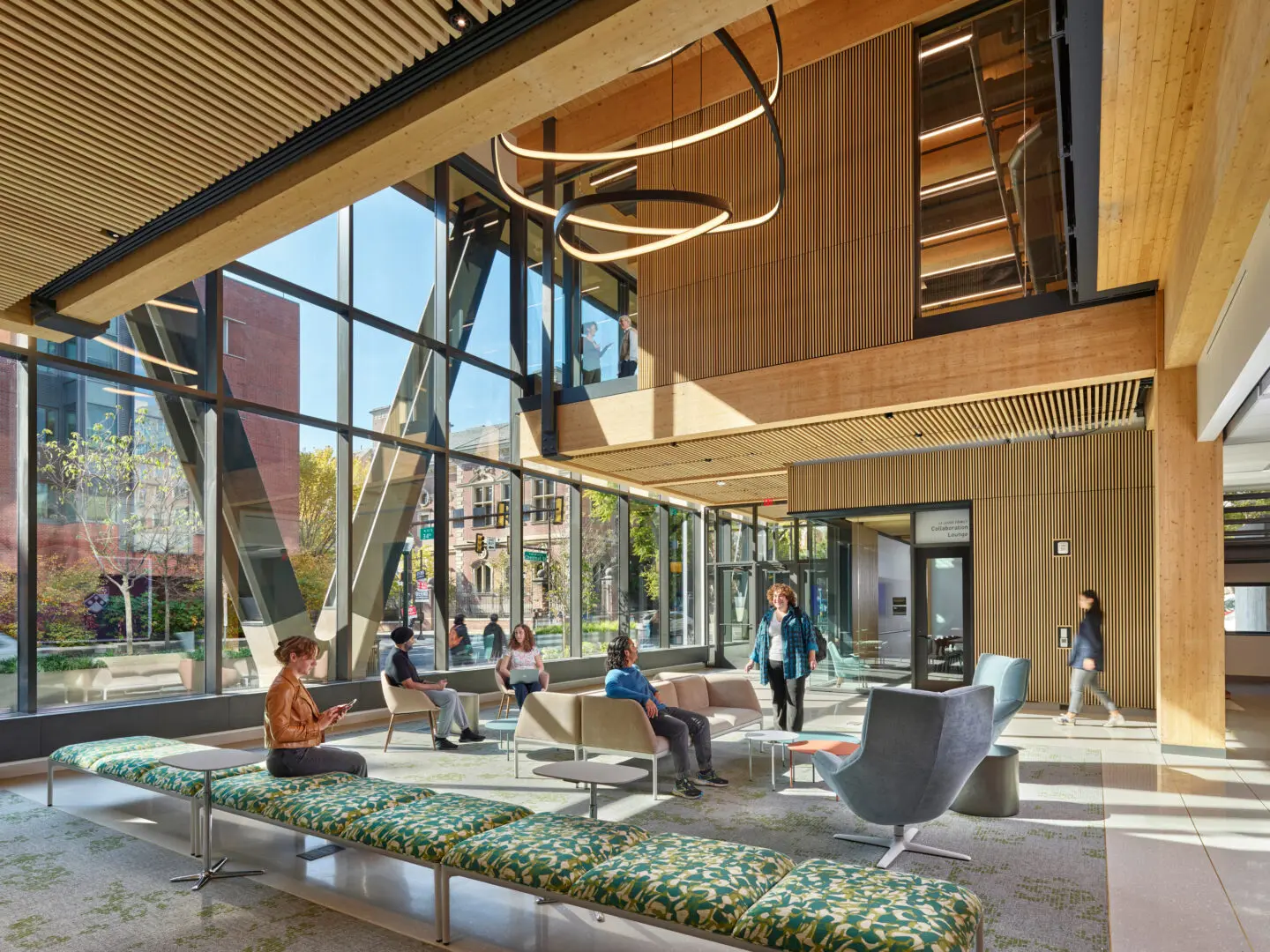


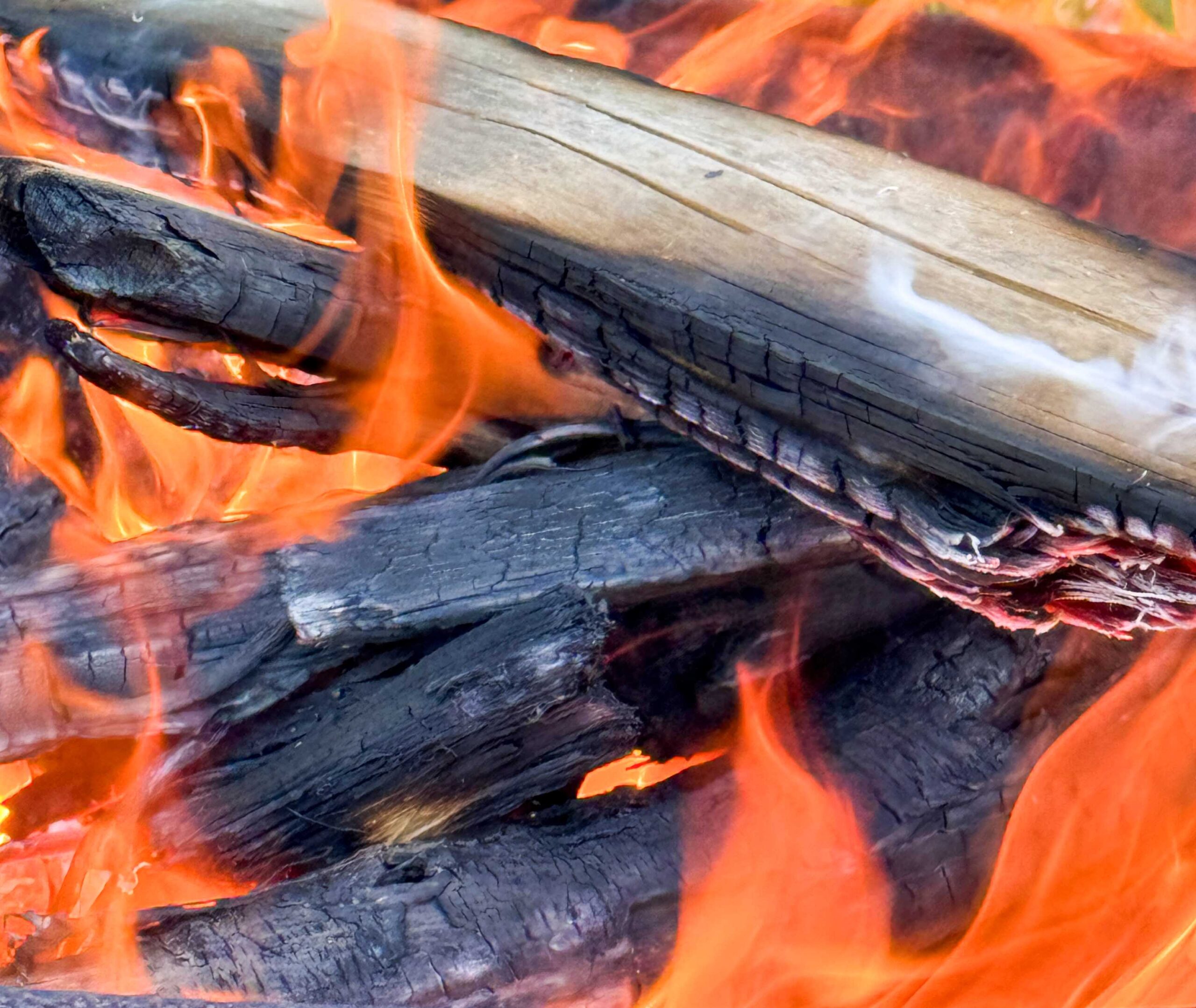 NANAIMO — Larger, open fires are set to be banned for the summer months, effective at the end of this week. The Coastal Fire Centre will enact a sweeping ban on category two and three fires beginning at noon on Friday, May 30, a typical first step in their fire prevention efforts every summer. Banned across Vancouver Island and a vast majority of coastal B.C. will be large burn piles or burns over stubble or grass to certain measurements. Also banned are fireworks, exploding targets, burn barrels and cages, air curtain burners and other, similar open flames. …“Anyone found in contravention of an open fire prohibition may be issued a violation ticket for $1,150, required to pay an administrative penalty of up to $10,000 or, if convicted in court, fined up to $100,000 and/or sentenced to one year in jail,” the BC Wildfire Services stated.
NANAIMO — Larger, open fires are set to be banned for the summer months, effective at the end of this week. The Coastal Fire Centre will enact a sweeping ban on category two and three fires beginning at noon on Friday, May 30, a typical first step in their fire prevention efforts every summer. Banned across Vancouver Island and a vast majority of coastal B.C. will be large burn piles or burns over stubble or grass to certain measurements. Also banned are fireworks, exploding targets, burn barrels and cages, air curtain burners and other, similar open flames. …“Anyone found in contravention of an open fire prohibition may be issued a violation ticket for $1,150, required to pay an administrative penalty of up to $10,000 or, if convicted in court, fined up to $100,000 and/or sentenced to one year in jail,” the BC Wildfire Services stated. To celebrate the dedication of our industry and our collective love for Alberta forests, the Alberta Forest Products Association (AFPA), will be hosting a raffle The prize? Be entered into a draw for a chance to win a $200 Mountain Equipment Co-op (MEC) or Marks Work Warehouse gift card (choice between the two) and a
To celebrate the dedication of our industry and our collective love for Alberta forests, the Alberta Forest Products Association (AFPA), will be hosting a raffle The prize? Be entered into a draw for a chance to win a $200 Mountain Equipment Co-op (MEC) or Marks Work Warehouse gift card (choice between the two) and a 


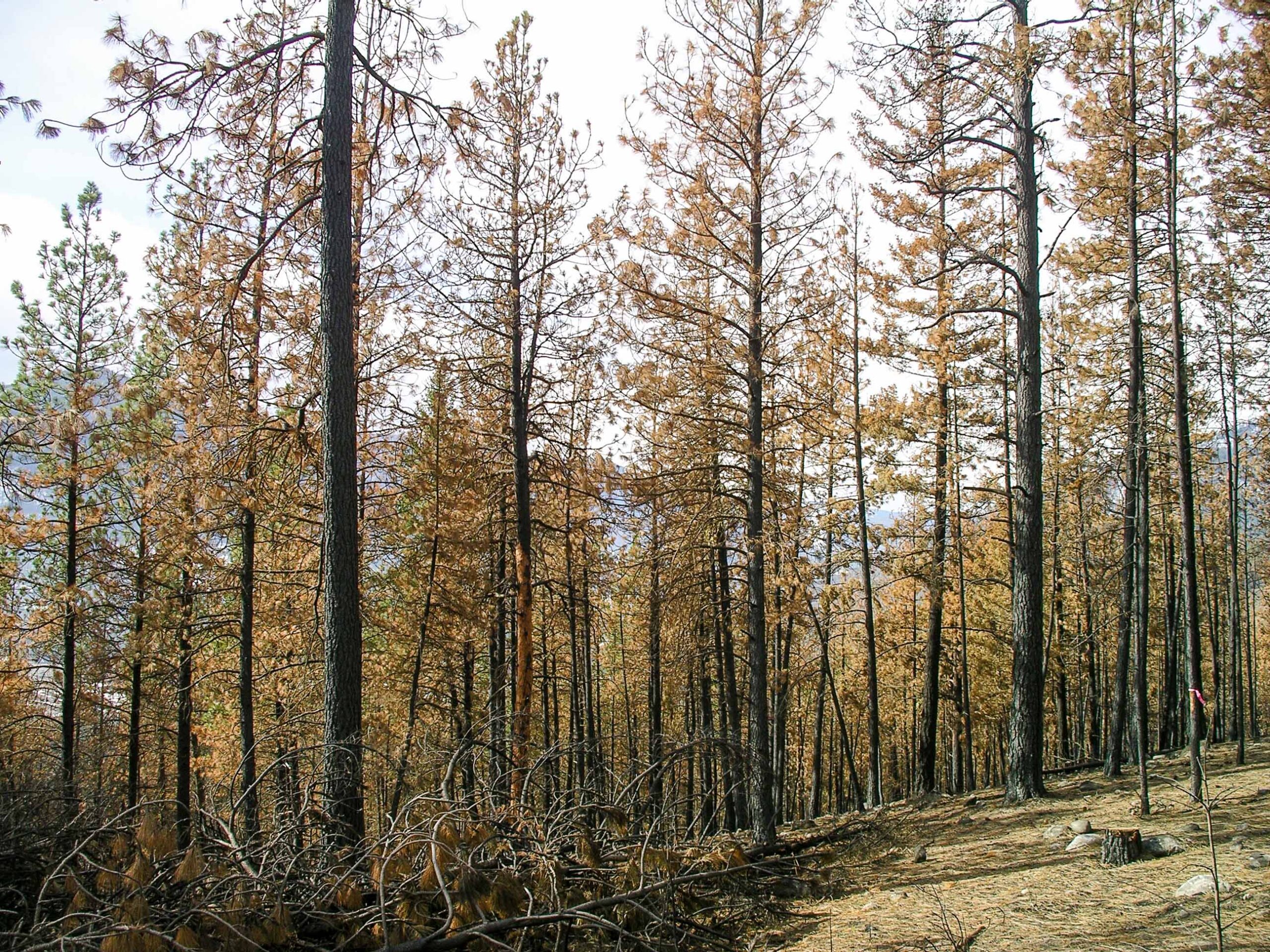 Across the western U.S., wildfires are becoming larger and more severe — and even trees that initially survive are dying in subsequent years, making it harder for forests to regenerate, according to new research from Portland State University. Building on previous research exploring fire refugia — the green islands of live trees that remain after forest fires — researchers in PSU’s Global Environmental Change lab mapped annual changes in the extent of live tree cover up to three years after the unprecedented 2020 Labor Day fires in Oregon’s western Cascades. The study quantifies changes in the spatial distribution and attributes of fire refugia as a result of delayed tree mortality. …there is potential for delayed fire effects to cause trees to die in subsequent years, including direct burn injuries as well as a combination of direct and indirect effects related to climate, insects, pathogens and heatwaves.
Across the western U.S., wildfires are becoming larger and more severe — and even trees that initially survive are dying in subsequent years, making it harder for forests to regenerate, according to new research from Portland State University. Building on previous research exploring fire refugia — the green islands of live trees that remain after forest fires — researchers in PSU’s Global Environmental Change lab mapped annual changes in the extent of live tree cover up to three years after the unprecedented 2020 Labor Day fires in Oregon’s western Cascades. The study quantifies changes in the spatial distribution and attributes of fire refugia as a result of delayed tree mortality. …there is potential for delayed fire effects to cause trees to die in subsequent years, including direct burn injuries as well as a combination of direct and indirect effects related to climate, insects, pathogens and heatwaves.  As Arizona utility companies make aggressive plans to mitigate wildfire risks, many met in Payson to update a state regulatory body. On May 15, the Arizona Corporation Commission hosted a special open meeting on wildfire mitigation at the Payson Public Library. ACC Vice-Chairman Nick Myers moderated the nearly three-hour town hall, which included stakeholder presentations from Arizona Public Service, Tucson Electric Power & UniSource, Salt River Project, Navopache Electric Cooperative, Alliant Gas, Arizona Water Company, and the Arizona Department of Forestry and Fire Management. Following brief opening remarks and commissioner comments, utility companies from throughout the state provided insight and information regarding their ongoing wildfire mitigation efforts. The electric companies focused on both grid hardening and creating defensible space around their infrastructure, before providing updates about each of their Public Safety Power Shutoff programs.
As Arizona utility companies make aggressive plans to mitigate wildfire risks, many met in Payson to update a state regulatory body. On May 15, the Arizona Corporation Commission hosted a special open meeting on wildfire mitigation at the Payson Public Library. ACC Vice-Chairman Nick Myers moderated the nearly three-hour town hall, which included stakeholder presentations from Arizona Public Service, Tucson Electric Power & UniSource, Salt River Project, Navopache Electric Cooperative, Alliant Gas, Arizona Water Company, and the Arizona Department of Forestry and Fire Management. Following brief opening remarks and commissioner comments, utility companies from throughout the state provided insight and information regarding their ongoing wildfire mitigation efforts. The electric companies focused on both grid hardening and creating defensible space around their infrastructure, before providing updates about each of their Public Safety Power Shutoff programs.


 Emergency crews are dealing with a fire in the woods east of Churchill Falls — an area of central Labrador currently under an extreme fire risk warning. The provincial government confirmed the fire is moving east, away from the town. It said crews and two water bombers were deployed. The Royal Newfoundland Constabulary closed part of the Trans-Labrador Highway between the company town and Happy Valley-Goose Bay, 300 kilometres east along the isolated road, for a stint Wednesday night. It has since reopened. N.L. Hydro said helicopters fought the fire from the air. The fire knocked out the power in Labrador City and Wabush for nearly three hours. N.L. Hydro restored electricity to all customers shortly after 9 p.m.
Emergency crews are dealing with a fire in the woods east of Churchill Falls — an area of central Labrador currently under an extreme fire risk warning. The provincial government confirmed the fire is moving east, away from the town. It said crews and two water bombers were deployed. The Royal Newfoundland Constabulary closed part of the Trans-Labrador Highway between the company town and Happy Valley-Goose Bay, 300 kilometres east along the isolated road, for a stint Wednesday night. It has since reopened. N.L. Hydro said helicopters fought the fire from the air. The fire knocked out the power in Labrador City and Wabush for nearly three hours. N.L. Hydro restored electricity to all customers shortly after 9 p.m. Oregon’s first major wildfire of the season, the Butte Creek Fire, has been mapped at 1,776 acres burning on the John Day River 9 miles north of Clarno in eastern Oregon as of May 27. Firefighters were suppressing the blaze with multiple crews, engines, dozers and aircraft. Some structures are threatened by the fire, officials said. Wheeler County Fire & Rescue and South Gilliam County Rural Fire Protection District are providing structure prevention. No evacuations or closures were in place. However, boaters on the popular stretch of the John Day River “are being asked to use caution as helicopters will continue dipping water out of the John Day River today,” according to Central Oregon Fire Information.
Oregon’s first major wildfire of the season, the Butte Creek Fire, has been mapped at 1,776 acres burning on the John Day River 9 miles north of Clarno in eastern Oregon as of May 27. Firefighters were suppressing the blaze with multiple crews, engines, dozers and aircraft. Some structures are threatened by the fire, officials said. Wheeler County Fire & Rescue and South Gilliam County Rural Fire Protection District are providing structure prevention. No evacuations or closures were in place. However, boaters on the popular stretch of the John Day River “are being asked to use caution as helicopters will continue dipping water out of the John Day River today,” according to Central Oregon Fire Information.